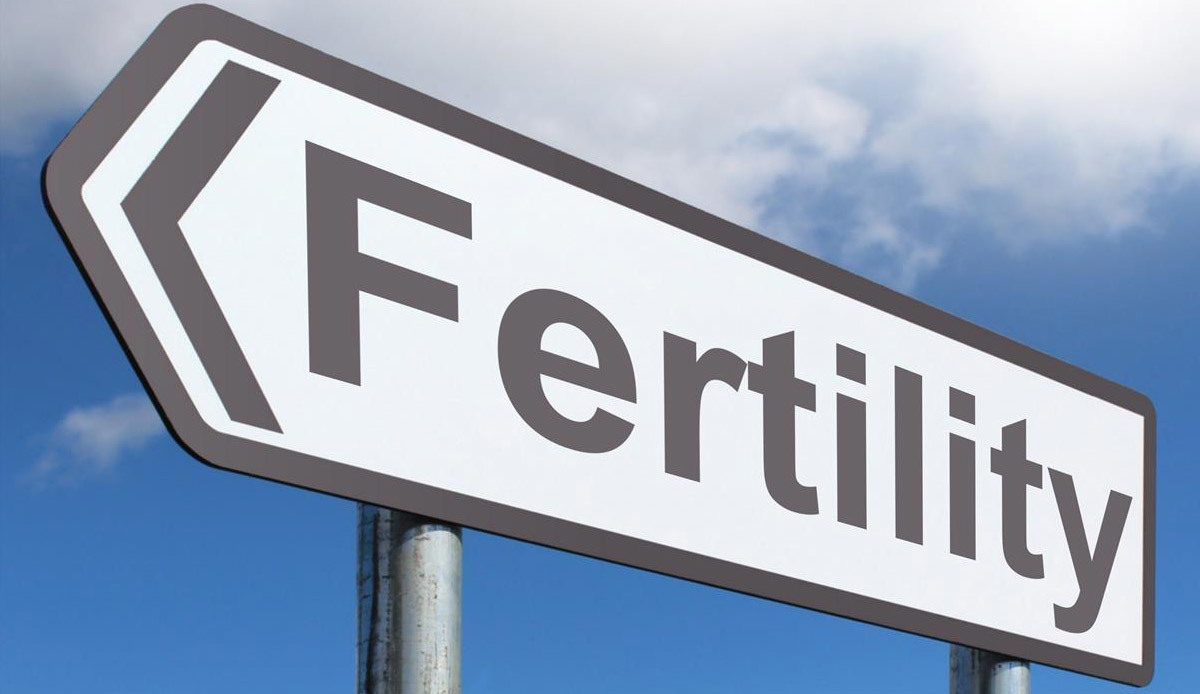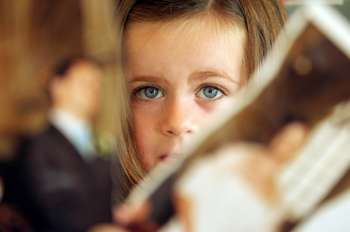Plummeting Fertility Rate Requires Urgent Debate
 New Zealand’s fertility rate has reached an all-time low, with an average of 1.60 births per woman in the year ending March 2021, well below the population replacement level of 2.1 required. Statistics NZ also says that there does not appear to have been an increase in births as a result of the COVID-19 lockdown during the first half of 2020.
New Zealand’s fertility rate has reached an all-time low, with an average of 1.60 births per woman in the year ending March 2021, well below the population replacement level of 2.1 required. Statistics NZ also says that there does not appear to have been an increase in births as a result of the COVID-19 lockdown during the first half of 2020.
“This should be sounding alarm bells for politicians and policymakers in New Zealand. With a declining fertility rate comes a reliance on migration to provide for an aging population – but all countries around the world will be competing for that migration, because most countries are facing the same dilemma. We need a younger population to provide a workforce for economic growth. An aging population will also place a burden on the economy through increasing health care, aged care, and other fiscal costs such as the government pension,” says Bob McCoskrie, National Director of Family First New Zealand.
And it’s not just an issue for New Zealand. According to a report by Dutch researchers last year, the 1950s below-replacement fertility was virtually non-existent, whereas for the period 2010–2015 the fertility rate was below 2.1 children in approximately 40% of the countries.
Researchers at the University of Washington’s Institute for Health Metrics and Evaluation, published in the Lancet last year, predicts that the worldwide fertility rate will fall below 1.7 by 2100. 183 out of 195 countries are predicted to have a fertility rate below the replacement level. That means that the number of under-fives will fall from 681 million in 2017 to 401 million in 2100, but the number of over 80-year-olds will soar from 141 million in 2017 to 866 million in 2100.
Lindsay Mitchell, author of “Families: Ever Fewer or No Children, How Worried Should We Be?“ – a recent report from Family First NZ – says “Without population replacement or growth, economies decline. A nation’s strength lies in its young: their energy, innovation, risk-taking and entrepreneurship. The new blood drives the exchange of ideas and experimentation. If these attributes aren’t home-grown, they have to be imported. At an individual level, single person households are the fastest growing household type in New Zealand. Increasingly people face old-age with few or no family supports.”
“Whether the solution is financial incentives, enhanced maternity and paternity leave, free childcare, employment rights, or simply migration through open borders, New Zealand needs to be having this discussion. We need to ask whether kiwi families are delaying or not having children, what factors this is based on, and whether their decision is based on the most accurate information available. The future of our country depends on it,” says Mr McCoskrie.






